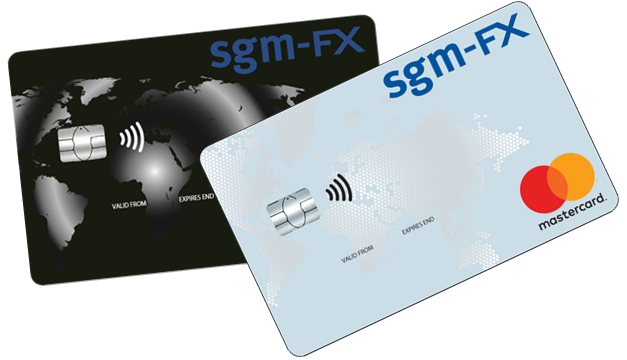
Daily Brief – The Market March
The Market March
The wait is over. In their much-awaited September monetary policy decision, the Fed has opted for a 50-basis point (0.5%) cut to benchmark interest rates in the USA. Even with the hindsight of the Fed’s explanation for its decision and the comments that accompanied the publication, it is hard to feel the Fed was not heavily influenced by market pricing. It made little reference for example to the stronger than expected publications of growth and inflation data in August. One major risk of gratifying market pricing may prove to be that its policy projections continue and may increasingly diverge from market pricing with markets receiving evidence it can march the Fed along to its beat.
What was clear is that US monetary officials have concerns for the ability for US growth to continue to outperform if rates are held in excessively restrictive territory. Perhaps due to limited hard data to support this view, it was clear that bank and credit activity from the Fed’s panel of banks was influential upon its impression of stagnating economic activity. The Fed’s beige book publications are therefore a good starting point for those looking to understand more about the logic behind the Fed’s concern to avoid a future recession.
Despite relative stagnation within EURUSD, a USD move was apparent within the market. USDJPY remains the best barometer for such moves due to its sensitivity to Treasury rates. However, those high beta currencies that would be expected to outperform during such events, including NOK, NZD and CAD, did just that. The market is turning increasingly bearish on the Dollar. The saturation of market shorts however likely remains limited meaning that there is a high probability that barring any data surprises this bout of USD weakness has further to play out.
Discussion and Analysis by Charles Porter

Related Insights

Daily Brief – Calling time on Swissy
Calling time on Swissy Switzerland’s Franc may be destined to faulter under its own weight. Despite rock bottom interest rates, the Swiss Franc has been a significant beneficiary of the post-Covid and Trump2 world. EURCHF, a key barometer of European risk, shows some 20-cents worth of Swiss rally post-Covid. The pair has dropped from well […]

Daily Brief – A look ahead
A look ahead The UK Pound continues to be influenced by the gilt market and fiscal concerns. Sterling has been a very expensive short this year, contributing to its relative outperformance. In fact, the few episodes of sustained weakness we have seen tended to have either coincided with a global risk-off turn or a sharp […]

Daily Brief – Jobs Week
Jobs Week The labour market has been the key to unlocking a weaker Dollar. Despite moderating inflation and lacklustre economic activity in the US, it had been the labour market that kept the Fed wanting rates held in restrictive territory. As cracks began to appear in the labour market through revisions to prior data and […]


